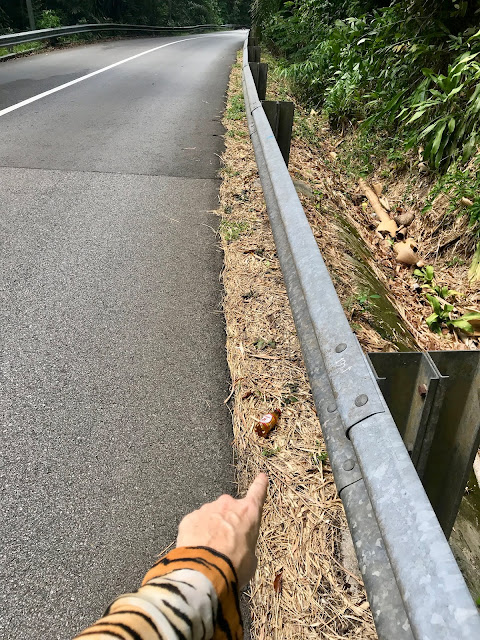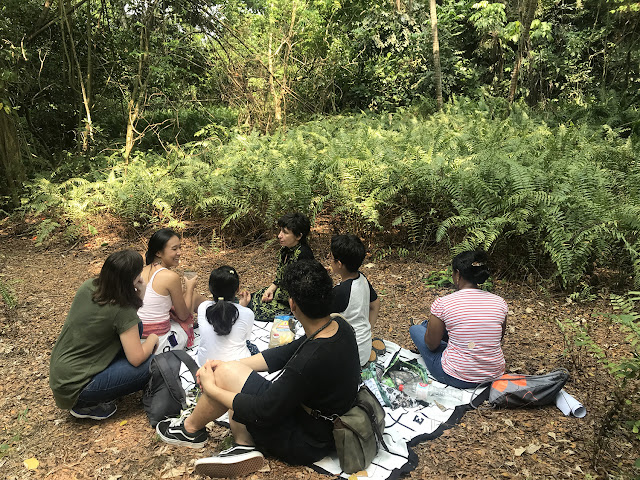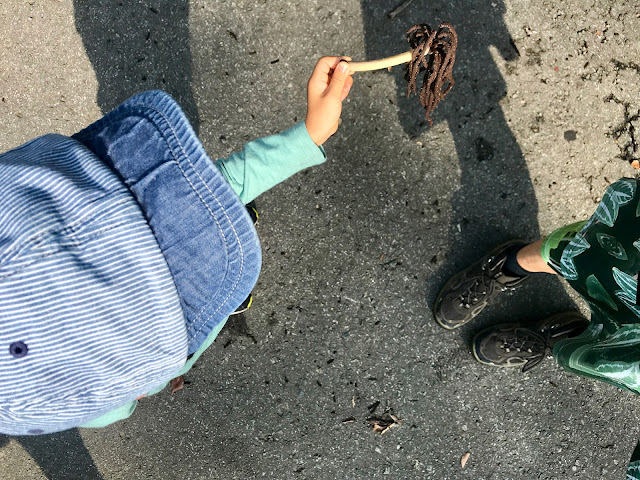
Women Standing up for Trees

CATWALK – a pilGrimAge
Cheers!
Women in Trees
Join the movement!!! #womenintrees 🌳💃🏻🌴💚 inspired by book by Jochen Raib, who discovered this motif, when he collected photos from flea markets - most photos are from the 1920s-1950s, and the question is: what were all these well dressed women doing in trees? The answer might surface, if you try it out yourself. Who knows?
Stand Tall with The Trees
On International Day of Forests 2019, I conducted an event, Stand Tall with The Trees in the nearby forest of L'Observatoire, where I currently am an artist in residence.
Survival Gear
Easy to spot - but how to distinguish between magic sticks, walking sticks, talking sticks, pointing sticks, tickling sticks, poking sticks, and selfie sticks?
Well, as part of my residency at L'Observatoire in Singapore, I collected sticks in the nearby forest and made my own collection of survival gear for forest fantasies and other forestic affairs 🌳
The false arm has followed me from a previous project years ago, always good to have an extra arm.
Into the Wild
As part of my residency at L'Observatoire, it has been great fun to “go into the wild” as explorers of the nearby forest with 4 different groups of teachers and children from Blue House International 💙. The children were thrilled to go on adventure, and their enthusiasm and curiosity was infectious 🙌🏼👀🌳🖼👣🌴
Thank you all 💚



























































